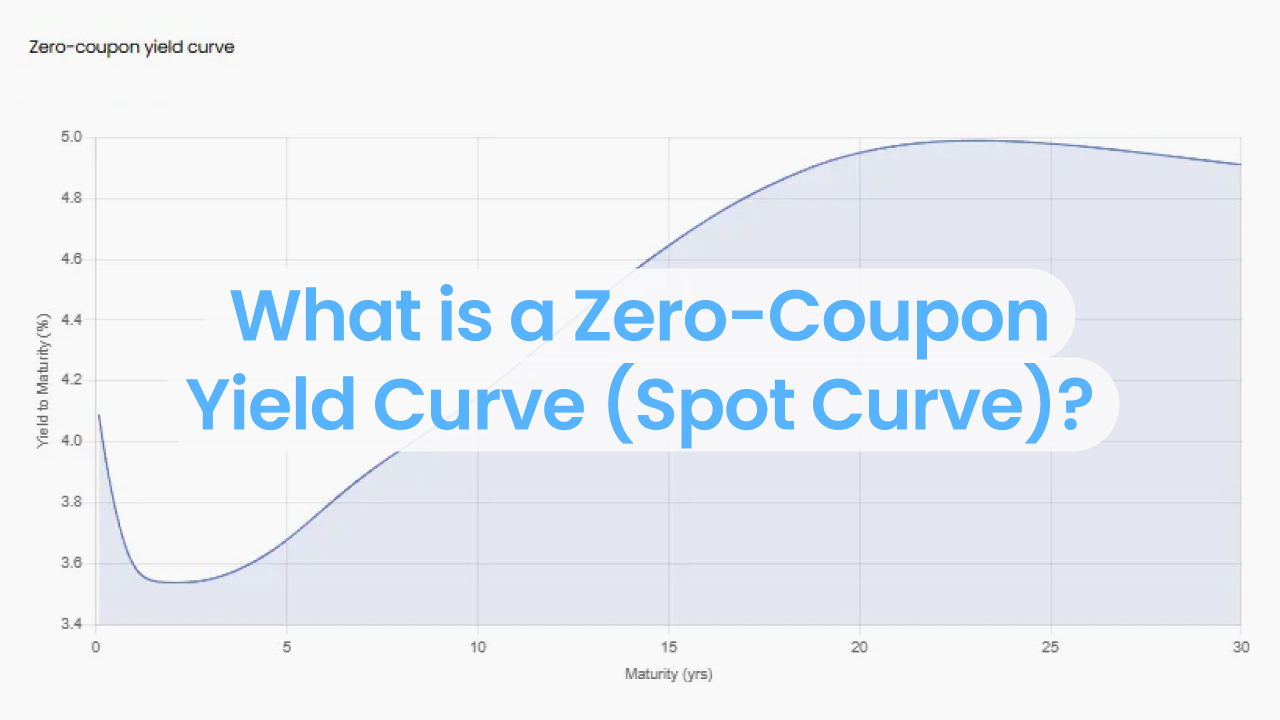1. Introduction
Swap rates, a pivotal term in financial jargon, often seem complex. Understanding these rates, however, is crucial for anyone involved in the financial markets. This post aims to demystify the concept of swap rates and take you through the 10 key shifts in swap rates over the last five years.
2. Understanding Swap Rates
A swap rate, in simple terms, is the fixed interest rate that a party in a swap contract agrees to pay in exchange for a variable interest rate from another party. These rates play a significant role in the world of finance. To delve deeper into the types and working of swap rates, Investopedia's guide on Swap Rate is an excellent starting point.
For on-demand access to swap rates and other financial market and derivatives data, start a trial with BlueGamma
3. Why Swap Rates Matter
Swap rates act as a barometer for economic health and monetary policy. They are often used as financial market indicators, offering insights into the expected path of future interest rates and inflation. A shift in swap rates can have far-reaching implications on the economy and financial markets. To gain a better understanding of the role of swap rates in the economy, you can refer to this academic article.
4. The State of Swap Rates Five Years Ago
Five years ago, the landscape of swap rates was significantly different. A historical swap rates analysis shows that these rates were largely influenced by central bank policies and the economic climate. For more on the context of swap rates five years ago, visit FRED Economic Data.
For on-demand access to swap rates and other financial market and derivatives data, start a trial with BlueGamma
5. Ten Key Shifts in Swap Rates over the Last Five Years
Over the past five years, swap rates have seen considerable shifts. Each shift was influenced by a multitude of factors, from geopolitical events to central bank decisions. Let's take a closer look at these changes:
1. The global financial crisis of 2008-2009 led to a sharp decline in swap rates. This was due to a number of factors, including the collapse of the subprime mortgage market, the bailout of major financial institutions, and the onset of a global recession.
2. The subsequent economic recovery led to a gradual rise in swap rates. However, the pace of this rise was slow and uneven, reflecting the ongoing uncertainty in the global economy.
3. The election of Donald Trump as US president in 2016 led to a further rise in swap rates. This was due to concerns about Trump's protectionist policies and his plans to increase government spending.
4. The UK's vote to leave the European Union in 2016 also led to a rise in swap rates. This was due to uncertainty about the economic impact of Brexit and the potential for a disorderly exit from the EU.
5. The US-China trade war that began in 2018 has also contributed to the rise in swap rates. This is due to the uncertainty about the impact of the tariffs imposed by both countries and the potential for a wider trade conflict.
6. The COVID-19 pandemic that began in 2020 caused a sharp decline in swap rates. This was due to the widespread economic disruption caused by the pandemic and the sharp drop in global demand.
7. The subsequent economic recovery has led to a gradual rise in swap rates. However, the pace of this rise has been slow and uneven, reflecting the ongoing uncertainty in the global economy.
8. The war in Ukraine that began in 2022 has led to a further rise in swap rates. This is due to the uncertainty about the economic impact of the war and the potential for a wider conflict.
9. The rise in inflation in the US and other major economies has also contributed to the rise in swap rates. This is due to concerns about the impact of inflation on economic growth and the potential for central banks to raise interest rates more aggressively.
10. The ongoing uncertainty in the global economy is likely to continue to drive volatility in swap rates. This is because swap rates are sensitive to a wide range of factors, including economic growth, inflation, interest rates, and geopolitical events.
These are just some of the key shifts in swap rates over the last five years. The future direction of swap rates is uncertain, but it is likely to remain volatile in the near term due to the ongoing uncertainty in the global economy.
A comparison of swap rates over these years reveals a trend of increasing volatility, mainly due to the growing complexity of global financial markets.
6. Impact of Swap Rate Changes
These shifts had a ripple effect across global economic trends. For instance, changes in swap rates can impact the cost of borrowing, investment decisions, and even foreign exchange rates. The role of these rates in influencing financial derivatives markets is profound, affecting everything from options pricing to futures contracts. The Bank for International Settlements provides further reading on this topic.
7. Forecasting Swap Rates
Predicting future swap rates based on past trends is a complex but crucial task. While past shifts can provide some insight, the unpredictable nature of financial markets requires ongoing analysis and adaptability. The World Bank's datasets can be helpful for those interested in making their own predictions.
8. Conclusion
Understanding the 10 key shifts in swap rates over the last five years is fundamental to grasp the dynamism of financial markets. As we've seen, these shifts not only reflect the state of the economy but also shape it. Staying informed about changes in swap rates is therefore not just beneficial—it's essential.
For on-demand access to swap rates and other financial market and derivatives data, start a trial with BlueGamma




.png)